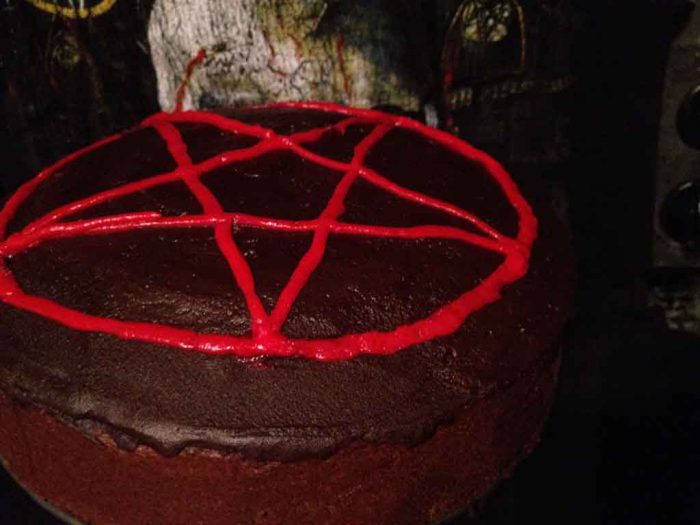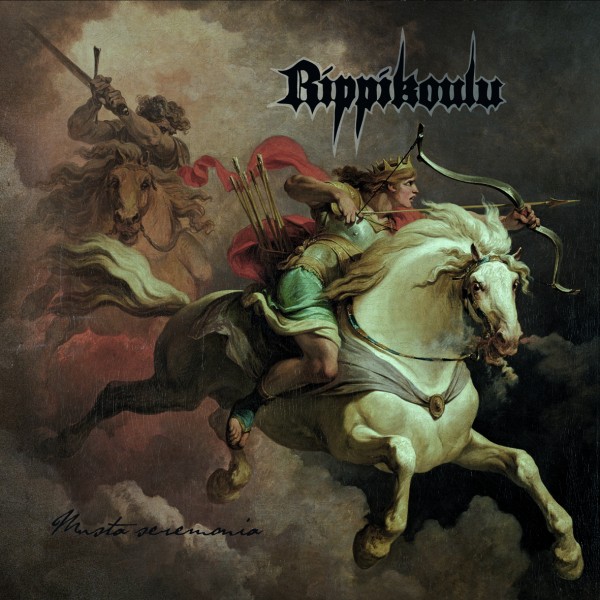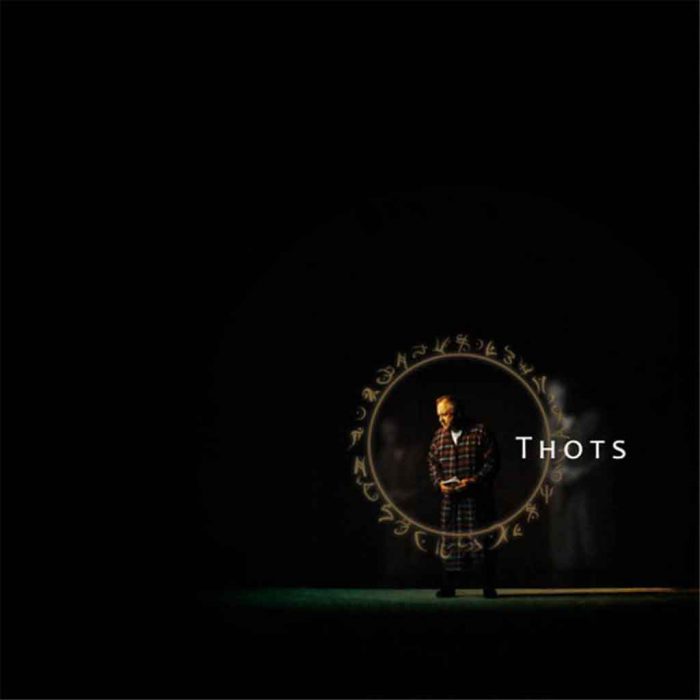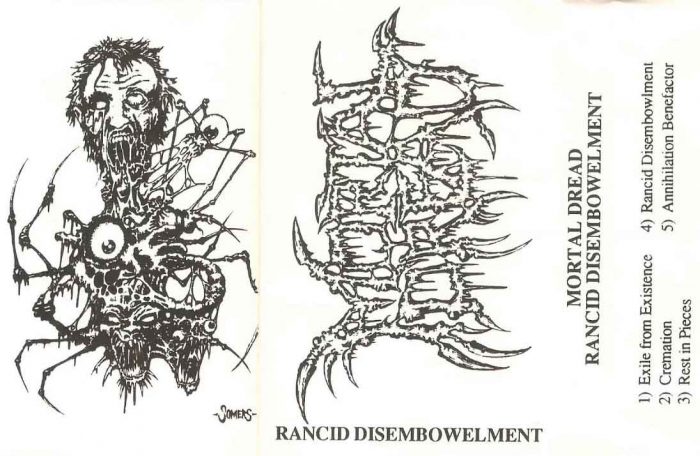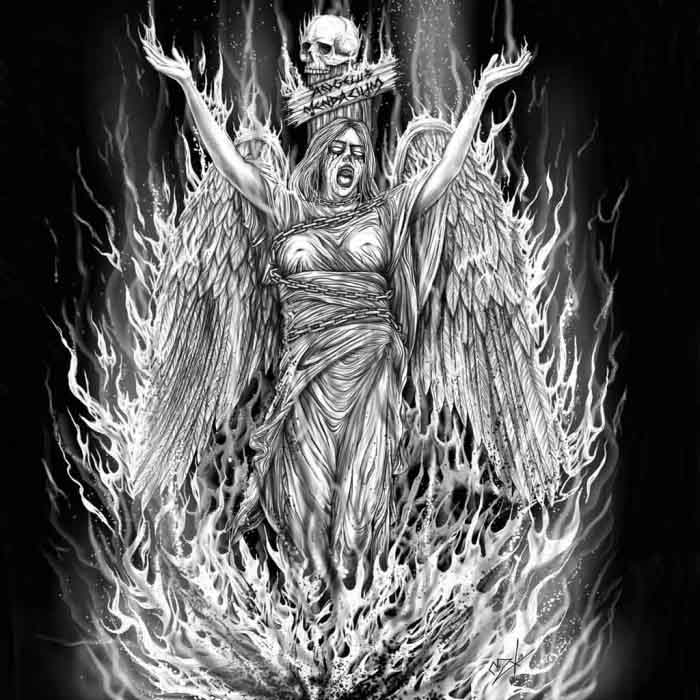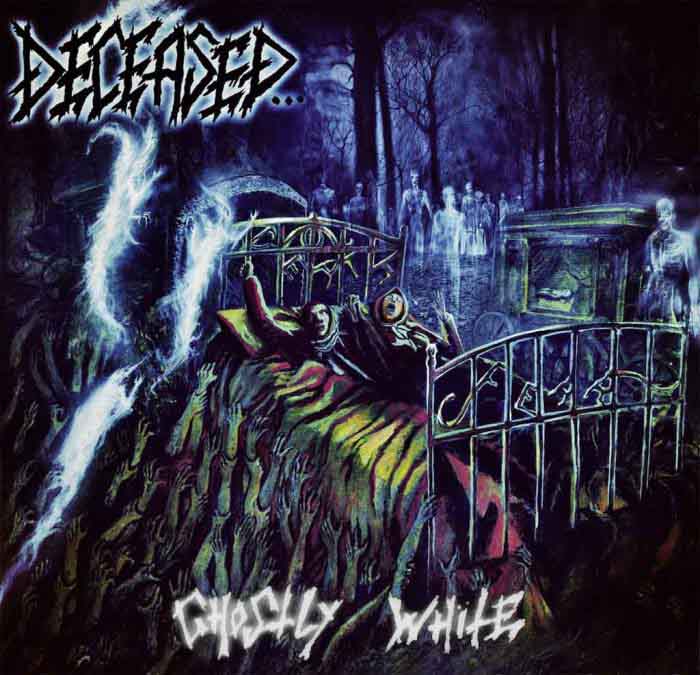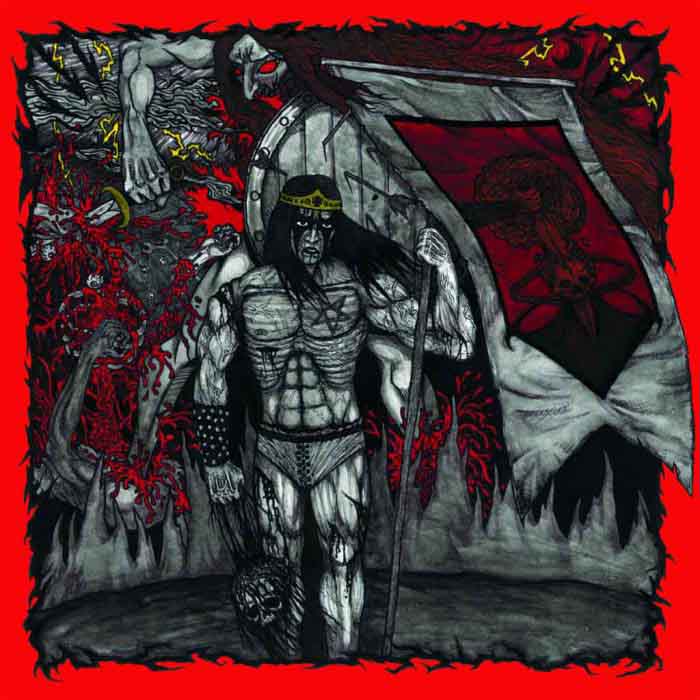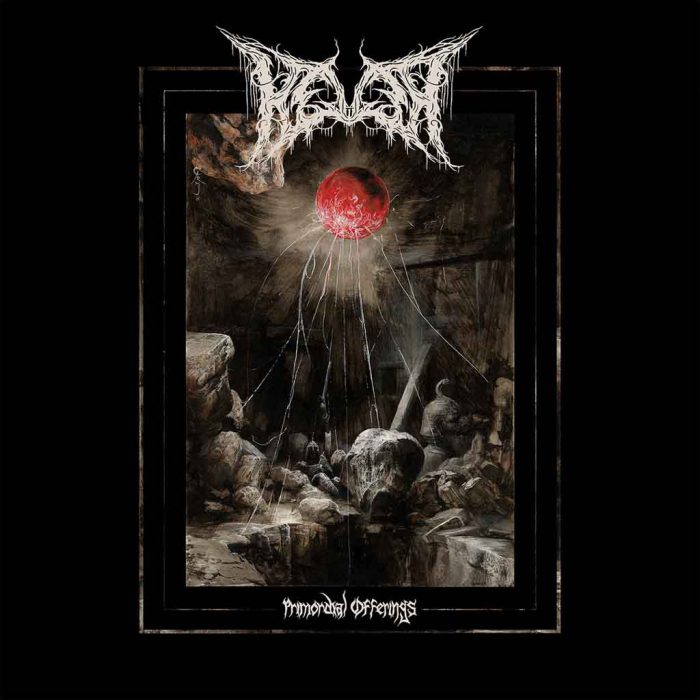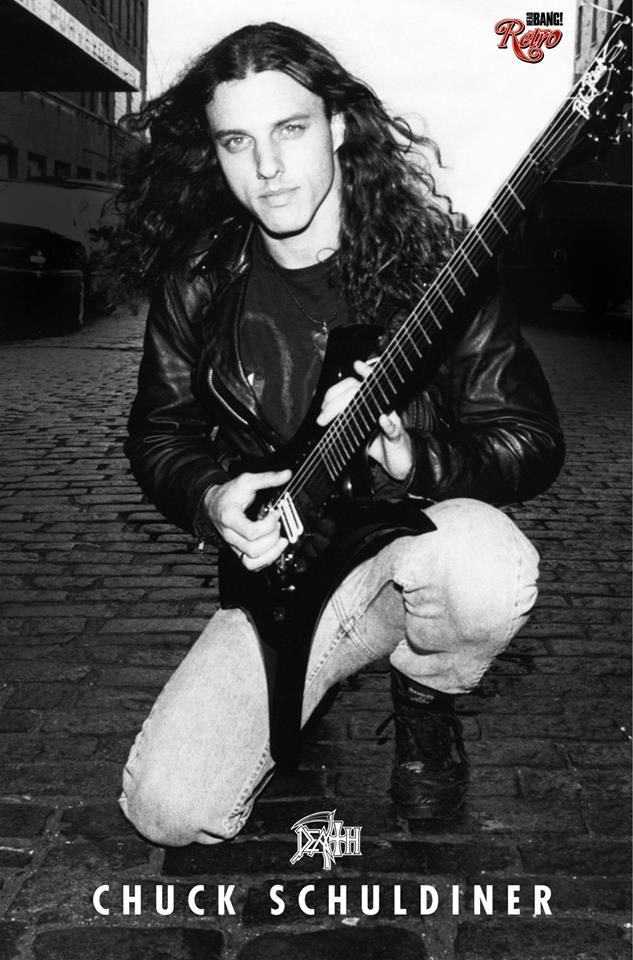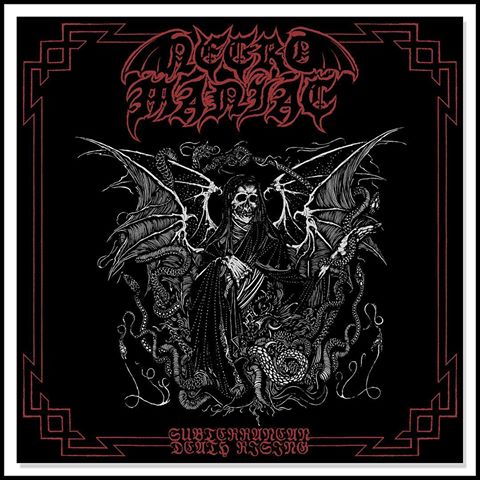The task before a reviewer varies widely. If you want to be a big shot, you need to write about what the labels want, since they are the only source of top-down money coming into the genre. They will then reward your publication with advertising, it will then reward you with a promotion, and eighteen months later, you can ditch it and move up to the big leagues.
25 CommentsTags: 2018, Angantyr, archgoat, best of, black funeral, Black Metal, condemner, death metal, deceased, Drawn and Quartered, Grindcore, Heavy Metal, internal bleeding, iskandr, judas priest, kever, master, monstrosity, nachtlieder, phosphore blanc, progressive metal, retortion terror, Satan, slam metal, sludge, Speed Metal, Summoning, Therion, trenchant, underground metal
